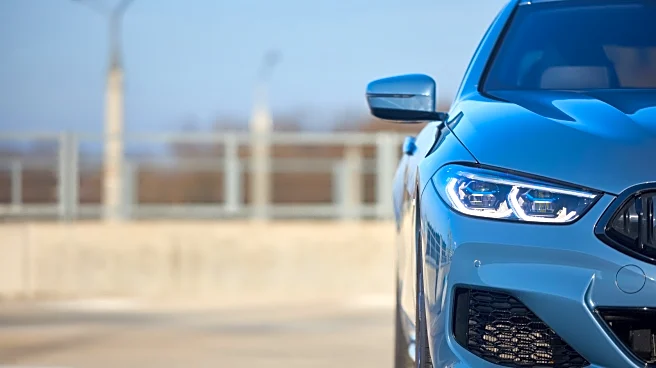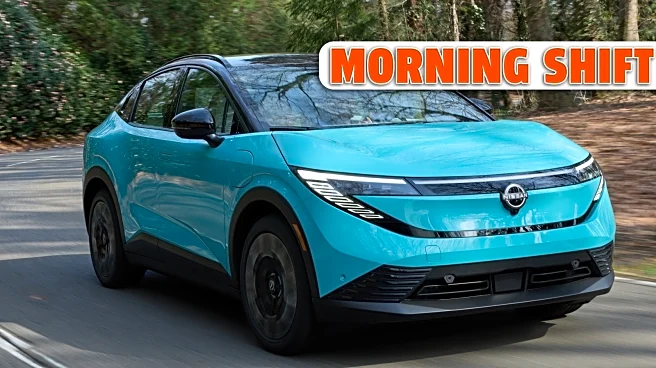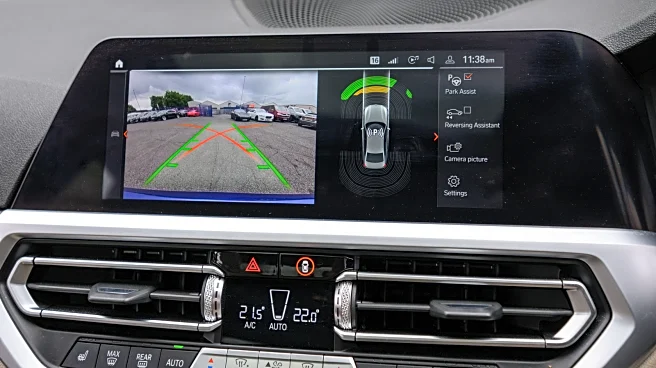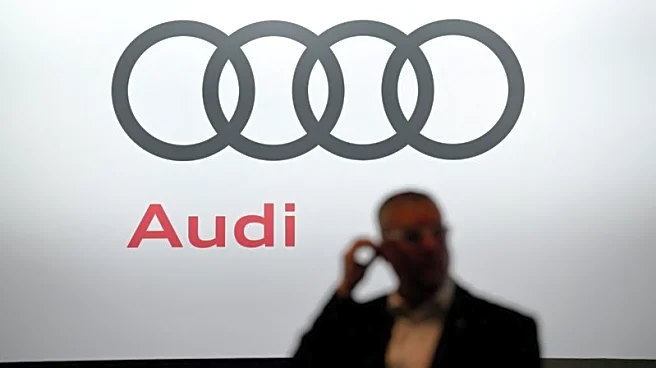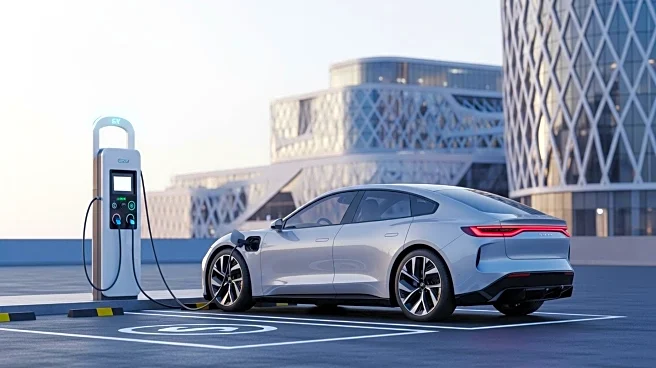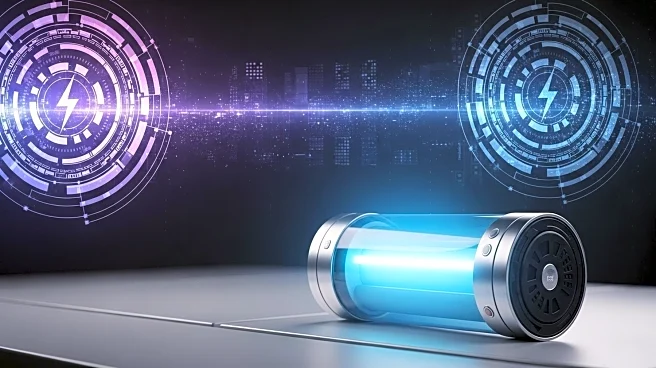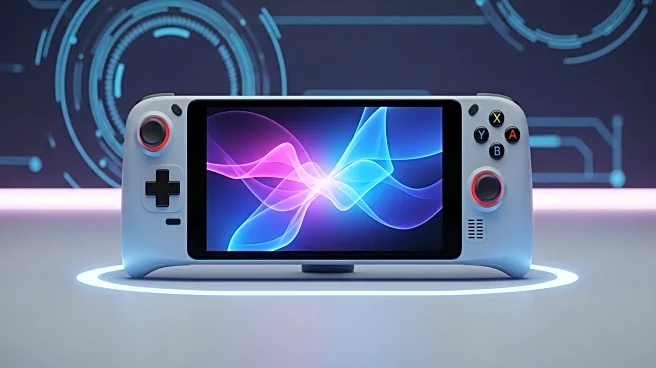
Wow, BMW laser headlights sound exciting. Maybe you could sync them to your radio and program a Pink Floyd Laser Spectacular or one of those Ronnie James Dio hologram shows! Ok, that's not how they work, and BMW is phasing them out, anyway. Not because people are upset they can't do laser light shows, but because they're expensive and can't operate to their fullest potential in the U.S. because of headlight regulations.
Andreas Suhrer, BMW's large-car product manager, told CarSales that cheaper LED
Matrix headlights perform amazingly well, anyway. "The laser lights are pretty good with absolute range, but the latest generation of Matrix LED lights does a better distribution." In other words, laser headlights act like, well, lasers. They illuminate far, but not wide.
BMW did offer laser headlights in the U.S., starting with the BMW i8 in 2014. The overall design was the same, but BMW needed to make changes to comply with National Highway Traffic Safety Administration (NHTSA) regulations. As for their availability in Europe, the BMW 8 Series still has them. The 2025 4 Series and M4s apparently also have laser headlights (as well as big ol' inflamed kidney grilles).
Read more: These Are The Cars You'd Buy If They Were $20,000 Cheaper
Why Aren't Laser Headlights Allowed In The United States?

U.S. Federal Motor Vehicle Safety Standard rule 108 only allows headlights to put out 150,000 candela (cd), while in Europe, car headlights can go up to 430,000 cd. As for how bright BMW's laser headlights actually are, consider that the i8's normal LED (light-emitting diode) headlights are 50 candela per square millimeter in low-beam mode. The laser headlights are 580, or over 10 times as bright. BMW's laser headlights can project a beam out to over 600 meters, and U.S. regulations only allow headlights to shine a max of 250 meters.
In addition, prices for replacing a single laser headlight on a BMW are $7,000 to $8,000, including shop time. LEDs are cheaper than lasers, and unless a manufacturer needs the efficiency of lasers, which can convert 70% of electricity to light while LEDs can only convert up to 20%, there's no reason to incur the extra cost. If you have to shell out pre-owned car money to replace a headlight, shouldn't it be on something more exotic?
Speaking of exotics, the LED headlights on a Bugatti Chiron will set you back $150,000 from Parts4USA, and a pair of headlights for the Bugatti Chiron Super Sport 300+ showed up on eBay for $162,000 last year. But the Chiron was a hypercar that cost about $3 million, meaning those headlights are half of a percent of the car's as-new value. A BMW 420i M Sport Gran Coupé starts at about $63,000 (£46,915) in the UK, meaning an $8,000 headlight replacement would be more than 12% of the entire car's cost.
The Headlight That Burns Twice As Bright, Shines Half As Long

Laser headlights are brilliant tech that offer actual, tangible benefits. But when BMW has to intentionally remove functionality for an entire market, and yet the replacement cost is the same as a month's rent in a Los Angeles apartment, it's hard to justify keeping them on the options sheet. It's a shame, because BMW's engineers basically created mini-suns for the company's cars.
The goal for the laser headlights was a color temperature of 5500 to 6000 K. This wasn't just for bragging rights, or because they were so preoccupied with whether or not they could, they didn't stop to think if they should. That high color temperature, while unpleasant for your living room (unless you enjoy making it seem more cold and sterile), is perfect for headlights. Intense, almost cool blue lights make it easier to parse objects at a distance and reduce eye fatigue, and no one would argue with the reduced power draw lasers offer, either. Lasers can do amazing things when they're not being used by absolute fools to shine in the eyes of airline pilots.
So, while BMW and Audi got into a bit of a battle over who would bring laser lights to market first (it was BMW with the i8, sorry Audi), neither company is gloating over laser headlights now. That may sound like a missed opportunity for some cool tech, but look at it this way; the blue-laser diodes used in laser headlights are more commonly found in Blu-Ray optical drives. So, maybe you'll be able to play Blu-Ray movies on your old BMW laser headlights if that Pink Floyd laser show doesn't work out.
Want more like this? Join the Jalopnik newsletter to get the latest auto news sent straight to your inbox...
Read the original article on Jalopnik.
